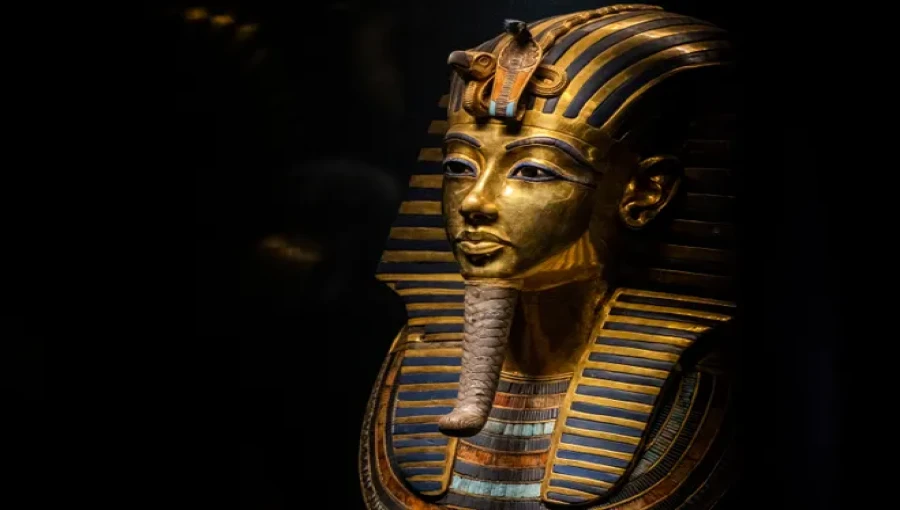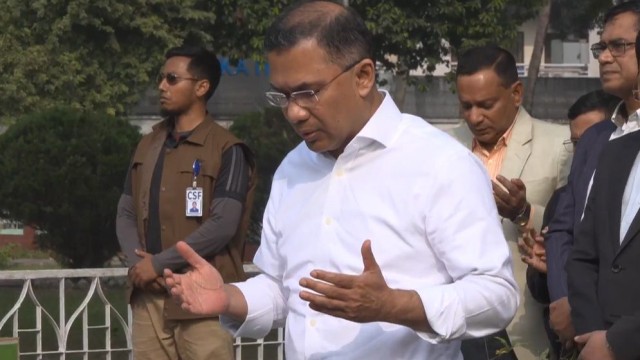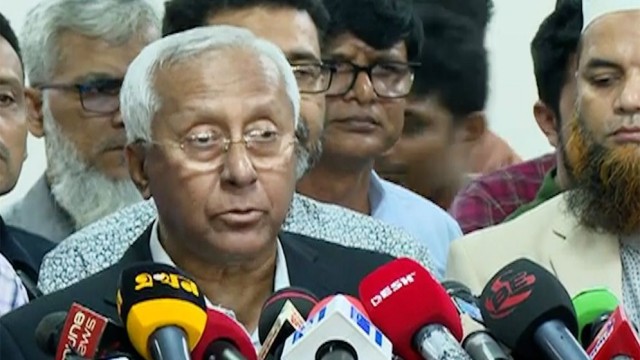Egypt, Jan 04, (V7N) - On January 3, 1924, archaeologist Howard Carter and his team uncovered the sarcophagus of the ancient Egyptian ruler King Tutankhamun, more than a year after they had initially discovered his tomb in the Valley of the Kings. This monumental find sparked a century of public fascination and academic research, continuing to captivate people worldwide. The discovery revealed valuable insights into ancient Egypt, but also led to questions about Tutankhamun's mysterious death, the artifacts found within the tomb, and the famous "curse" associated with the pharaoh's resting place.
The Discovery of the Tomb
The story of King Tut's discovery began years earlier, in 1915, when British archaeologist Howard Carter first began his search in the Valley of the Kings. The valley, near Luxor, Egypt, had long been the burial site for Egyptian royalty. Carter had previously uncovered a number of tombs in the area, but the search for the tomb of Tutankhamun remained elusive.
For years, Carter had searched high and low within the valley, even fearing that there was nothing left to discover. However, in November 1922, he made a breakthrough. He had been instructed to dig near some huts where workers who built the tombs had once lived. His hunch paid off when he discovered a buried entrance to an unknown tomb. The tomb turned out to be the burial place of King Tutankhamun.
The tomb was sealed and remained untouched for over 3,000 years. Carter and his team carefully excavated the site and discovered thousands of artifacts inside, including gold statues, jewelry, and furniture. Among the most extraordinary finds was the sarcophagus, a large stone container that held the pharaoh's mummified body.
Unveiling the Sarcophagus
After the tomb was initially opened in November 1922, Carter and his team spent months documenting and cataloging the artifacts found within. It was not until January 3, 1924, that they finally uncovered the sarcophagus itself. Carter, in his personal diary, described the discovery as momentous. Inside the tomb, there were three nested coffins, each one smaller than the previous one. The innermost coffin, which was made of solid gold, contained the mummified body of Tutankhamun.
Tut's mummified body was in surprisingly good condition, despite the tomb having been sealed for millennia. The discovery of the sarcophagus and its contents made headlines around the world, with the public captivated by the opulence of the burial and the mystery surrounding the life and death of the young king.
The Life and Death of King Tut
Tutankhamun, often simply known as "King Tut," ascended to the throne at a very young age, around 9 years old, and ruled Egypt from approximately 1332 B.C. to 1323 B.C. He was the son of Akhenaten, an Egyptian pharaoh who introduced monotheism and promoted the worship of the sun god Aten. After Akhenaten's death, Tut reversed many of his father's policies, restoring the traditional gods and the ancient Egyptian religious practices.
Tut’s reign was short and largely uneventful, lasting less than a decade. He died unexpectedly at the age of 18 or 19, leaving behind no heirs. His sudden death has been the subject of speculation and mystery for decades. Researchers have proposed several theories about how he died, including illness, an accident, or even murder, but no definitive cause has been established.
The fact that his tomb was much smaller than other pharaohs' tombs has led some experts to suggest that Tut’s death may have been sudden and unexpected, meaning there was insufficient time to prepare a larger burial site for him. It’s possible that he was buried in a tomb meant for another royal figure.
The Curse of the Pharaoh
Perhaps the most famous aspect of the discovery of King Tut’s tomb is the so-called “curse of the pharaoh.” A popular legend suggests that anyone who disturbs the tomb of Tutankhamun will suffer misfortune or death. This belief gained traction when a series of mysterious deaths occurred shortly after the tomb’s opening.
Most notably, in April 1923, George Edward Stanhope Molyneux Herbert, the Earl of Carnarvon and Carter's benefactor, died suddenly of an infected mosquito bite. His death, which occurred shortly after the tomb was opened, fueled rumors of a curse. Within a few years, six of the 26 people present when the tomb was opened had died, leading to even greater speculation about the curse.
However, many researchers argue that the deaths were simply coincidental, and some studies have suggested that mold inside the tomb may have caused illness among those who entered. This theory proposes that the mold could have led to respiratory problems or infections, particularly among those exposed to it after the tomb was disturbed.
The Artifacts and Continued Research
More than 5,000 artifacts were uncovered from King Tut’s tomb, offering historians an unprecedented look into ancient Egyptian life. Items found included everyday objects, such as furniture and food, as well as precious treasures like gold jewelry, weapons, and chariots. One particularly fascinating discovery was a dagger made from iron that had been forged from a meteorite, showing the advanced skills of ancient Egyptian metalworkers.
Also found in the tomb were the mummified remains of Tutankhamun’s stillborn children, placed in two small coffins. Researchers have studied the artifacts from the tomb extensively, offering valuable insights into the culture, religion, and funerary practices of ancient Egypt. The treasures recovered from the tomb remain among the most famous artifacts in the world today, and they continue to be displayed in museums globally.
The tomb of King Tutankhamun also provided significant contributions to the study of ancient Egyptian burial practices. The wealth of items found alongside Tut’s remains gave researchers invaluable information about how pharaohs were treated in death, helping to expand our understanding of the afterlife and ancient Egyptian society.
Ongoing Mysteries
Even today, the death of King Tut remains one of the greatest mysteries in Egyptology. Scholars continue to study his mummy to learn more about his life and death. Recent investigations have suggested that Tut may have died from an infection caused by a broken leg, which might have become infected. Others have theorized that he may have been murdered, although no conclusive evidence has been found to support this.
The tomb of Tutankhamun and the discoveries surrounding it have led to a century of research and ongoing fascination. His story, though brief, has captivated people around the world, from archaeologists to the general public. As we mark 101 years since the unveiling of his sarcophagus, the legacy of King Tut continues to live on, sparking curiosity and wonder about ancient Egypt.
END/SMA/AJ/































Comment: